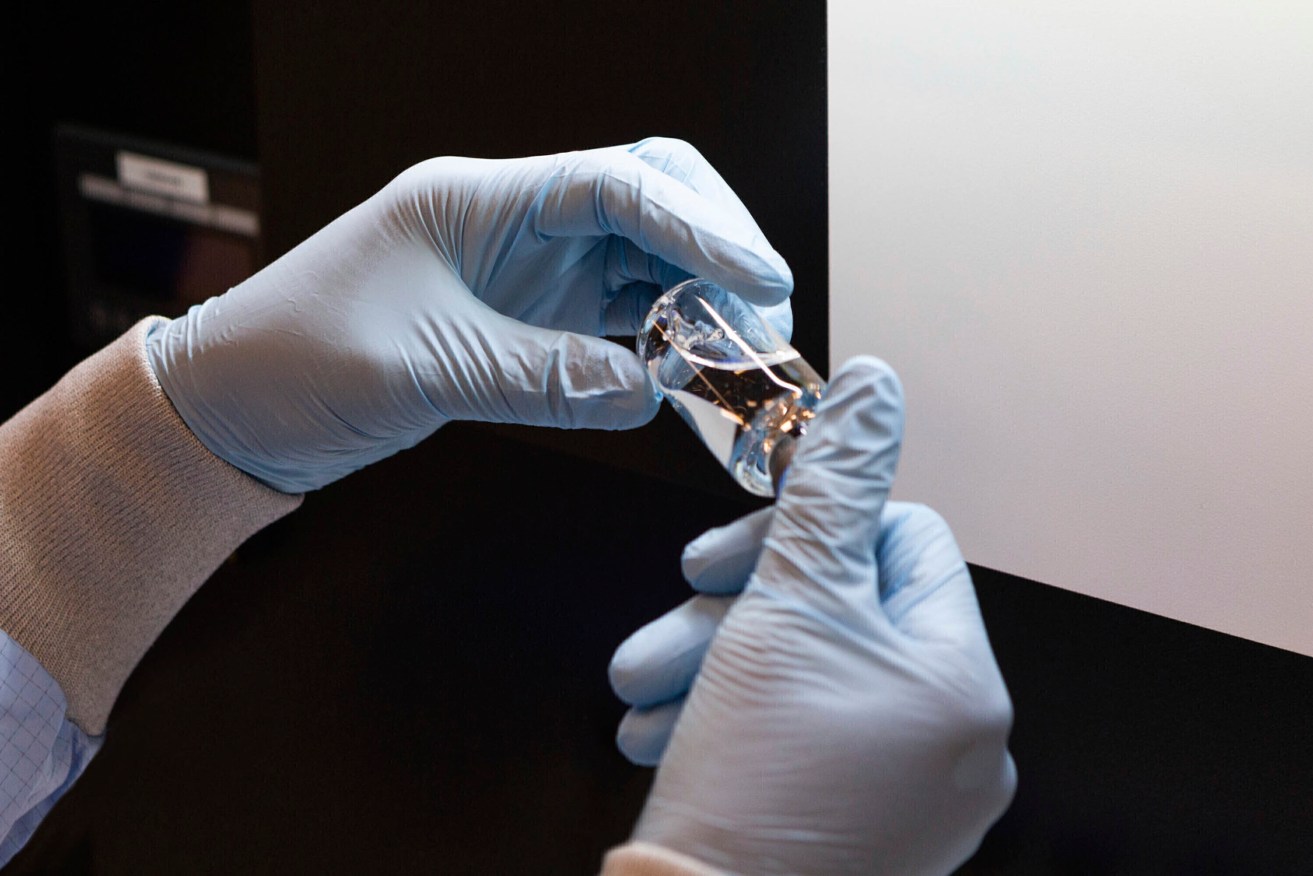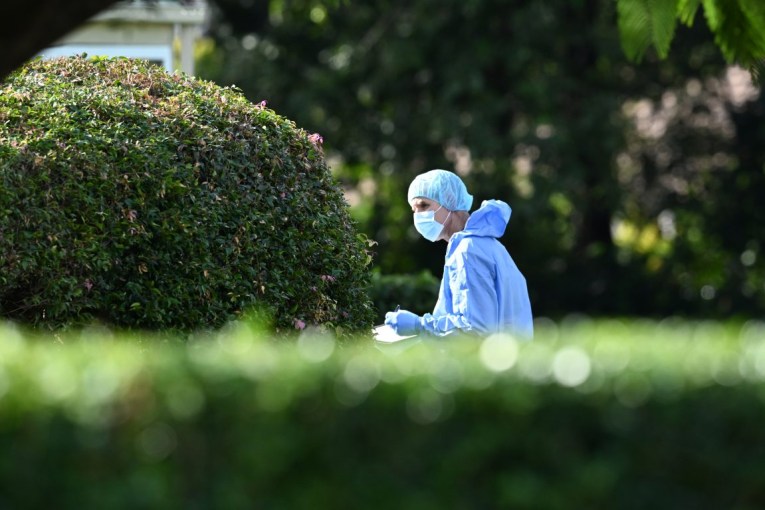Oxford vaccine ‘error’ clouds results, raises new questions
AstraZeneca and Oxford University have acknowledged a manufacturing error raising questions about preliminary results of their experimental COVID-19 vaccine.

Wastewater testing can identify virus infections weeks before symptoms present themselves.
A statement describing the problem comes days after the company and university described the shots as “highly effective” and made no mention of why some study participants didn’t receive as much vaccine in the first of two shots as expected.
In a surprise, the group of volunteers that got a lower dose seemed to be much better protected than the volunteers who got two full doses.
In the low-dose group, AstraZeneca said, the vaccine appeared to be 90 per cent effective. In the group that got two full doses, the vaccine appeared to be 62 per cent effective.
Combined, the drugmakers said the vaccine appeared to be 70 per cent effective but the way in which the results were arrived at and reported by the companies has led to pointed questions from experts.
The partial results announced on Monday are from large ongoing studies in the UK and Brazil designed to determine the optimal dose of vaccine, as well as examine safety and effectiveness.
Multiple combinations and doses were tried in the volunteers and compared to others given a meningitis vaccine or a saline shot.
Before they begin their research, scientists spell out all the steps taken and how they will analyse results. Any deviation can put results in question.
In a statement on Wednesday, Oxford University said some of the vials used in the trial didn’t have the right concentration of vaccine so some volunteers got a half dose.
The university said it discussed the problem with regulators and agreed to complete the late-stage trial with two groups. The manufacturing problem has been corrected, according to the statement.
Experts say the relatively small number of people in the low dose group makes it difficult to know if the effectiveness seen in the group is real or a statistical quirk.
Some 2741 people received a half dose of the vaccine followed by a full dose, AstraZeneca said. A total of 8895 people received two full doses.
Another factor: none of the people in the low-dose group were over 55 years old.
Younger people tend to mount a stronger immune response, so it could be that the youth of the participants in the low-dose group is why it looked more effective, not the size of the dose.
Another point of confusion comes from a decision to pool results from two groups who received different dosing levels to reach an average 70 per cent effectiveness, said Chatham House think tank associate fellow David Salisbury.
“You’ve taken two studies for which different doses were used and come up with a composite that doesn’t represent either of the doses,” he said of the figure.
“I think many people are having trouble with that.”
Details of the trial results will be published in medical journals and provided to UK regulators so they can decide whether to authorise distribution of the vaccine.
-AAP












